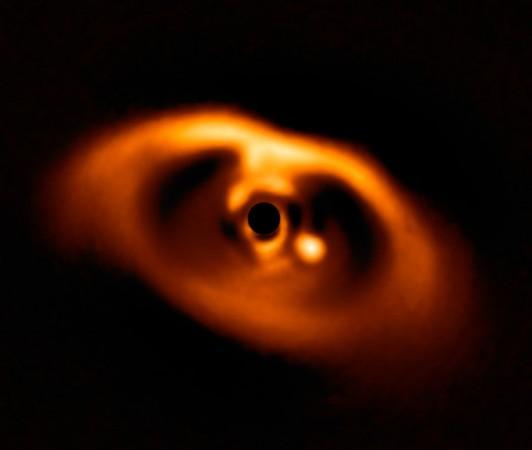
There is a lot happening in the world of science, research, and technology every day and it is going to be difficult to keep up on current happenings, so here is our pick of the most interesting and even important science stories of the last week.
NASA went on a hunt for alien meteorites that crashed into the Pacific ocean
Meteors fell into the ocean earlier this year. While that sounds like something that happens all the time, it is, but NASA realised that the meteorites that fell are special because they survived reentry and were likely made of extremely stable and sturdy material. So they set off on a hunt of these space rocks, sweeping the sea floor. Good news is that they actually found the meteor in the sea.
What does it look like when a planet is born? Now we know
Planets are formed by large clouds of matter swirling around newborn stars and the material left from the event. Large gas giants are formed on the outer edges of the star system and rocky planets are formed closer to the star. While this fact was already well known, visual confirmation of the event happened only this week with the Very Large Telescope, operated by the European Southern Observatory releasing images of the event.

Sending electrical impulses to the brain can help reduce violent tendencies, says study
A new, controversial study has claimed that electric impulses sent directly to certain parts of the brain can help reduce violent thoughts and aggressive behaviour. Apart from this effect, researchers have also found that the same treatment also had the added advantage of giving subjects a better morality-based understanding of violence.
Of the participants of the study who went through "shock treatment", about 47 percent of them reported to have a lower likelihood of committing physical assault and 70 percent had a lower likelihood of committing sexual assault when compared to the control group who did not receive shocks the previous day.
Summer heat reaching record highs, but Earth is at its farthest from the Sun
Summer temperatures are continually increasing, with heat waves being reported in many parts of the world, especially in the Northern hemisphere, but the planet is right now at the furthest it can be within its orbit. If that seems a bit odd, the distance from the Sun is not what causes seasons, but the axial tilt, or the Earth's incline on its axis that causes the seasons. The closest the Earth was to the Sun was in January, when it was winter, so even though the variance between perihelion—when Earth is closest to the Sun at 147.1 million kilometres from the Sun—and aphelion—farthest from the Sun at 152.1 million kilometres— there is a difference of about 5 million kilometres, it does not really matter in terms of light and heat received.
Spiders fly using the Earth's electrical field and they can cover hundreds of kilometres
Some spiders can fly. They do not use wind, but simply spit out some of their silk like a sail and take off into the sky, they can actually fly quite fast without the assistance of the wind. While that itself might sound terrifying in its own way, scientists found out how they do it. There is a weak electrical field in the atmosphere at all times and spiders latch on to literal free-flowing electricity and use it to commute like a tram, albeit much faster and a lot more efficiently.

Other stories that didn't make the list include astronomers finding out how large the Milky Way is and its place in the ever-expanding universe. South East Asia's deforestation issues peaking, Exoplanets in the right place, size, tilt, and water found, but is that enough?

















